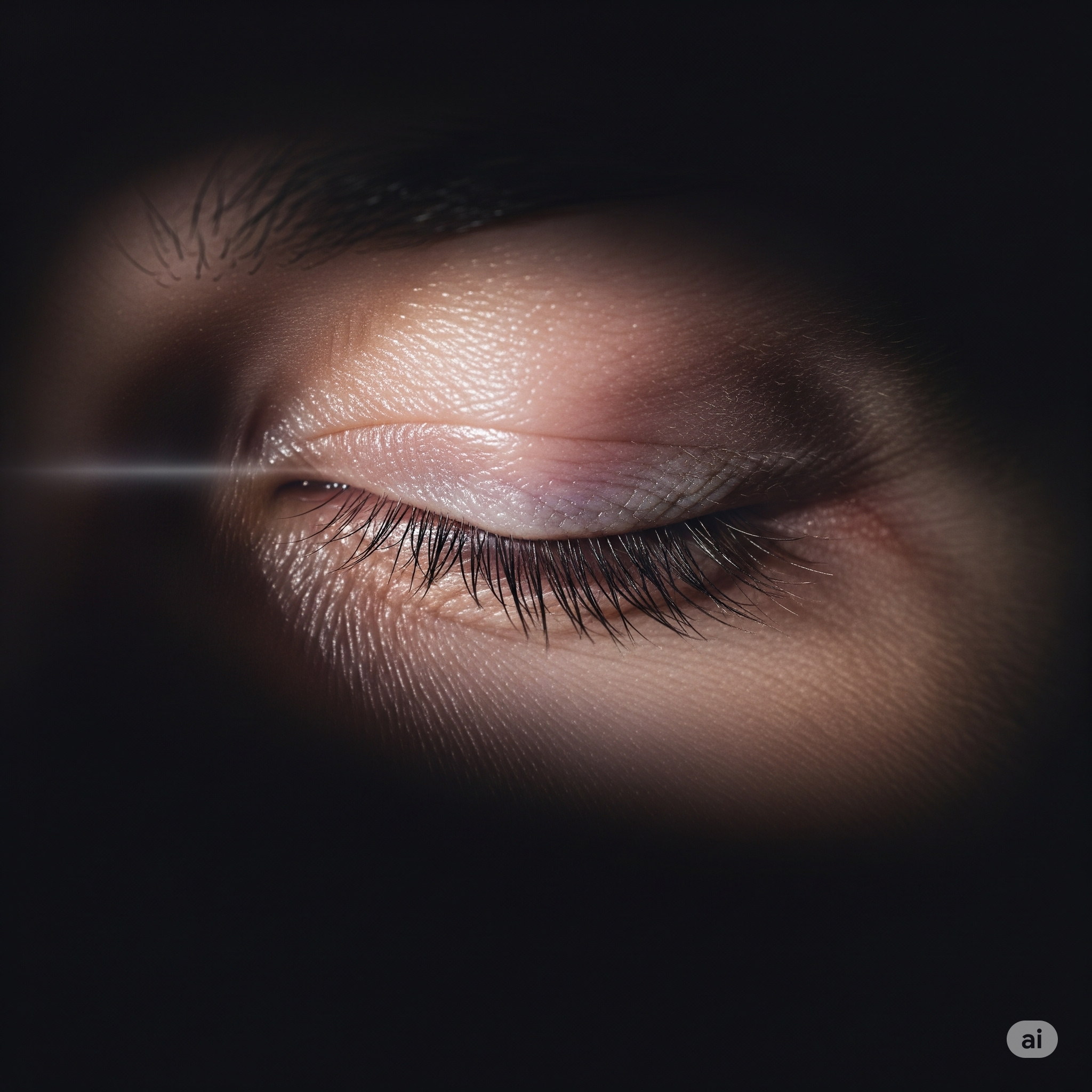The other day, I was sitting with my eyes closed when I noticed I could still sense the sunlight streaming in through the window. If I could feel the light, I wondered, why couldn’t I see the image? That simple question got me thinking.
Why Can’t We See With Our Eyes Closed?
We blink, nap, and meditate—but have you ever paused to ask: Why does closing our eyes instantly turn off our vision? What’s really happening when we shut our eyelids?
Let’s explore the science (and a bit of wonder) behind this everyday mystery.
1. Light Is the Main Ingredient
Our eyes don’t generate sight on their own—they’re just incredibly sensitive light sensors. When your eyes are open, light enters and is focused onto the retina, where it’s turned into electrical signals and sent to your brain for processing.
When you close your eyes, your eyelids block most of the light from entering. No light means no visual input, and so the system that allows you to “see” goes quiet.
2. But I Can Still Sense Light—So Why Can’t I See?
This is an excellent point—and it’s true! If you’re in a bright place and close your eyes, you might still sense light. That reddish-orange glow? That’s light penetrating your eyelids.
But here’s why you still can’t actually “see”:
- 🔸 The light is unfocused.
With eyes closed, your pupils and lenses aren’t directing light to specific points on the retina. It’s like having a projector with no screen. - 🔸 Your eyelids scatter the light.
Think of them like frosted glass: light gets through, but it’s diffused. You can tell it’s daytime, but you can’t make out shapes, edges, or movement. - 🔸 No contrast or image formation.
Sight depends on contrast—light versus dark, shape versus background. Behind your eyelids, light is too scattered and even to create a coherent picture. - 🔸 Your brain knows your eyes are closed.
It actively shifts visual processing into a lower-power state, redirecting resources to other senses or internal imagery (like memory and imagination).
So yes, you’re sensing light, but you’re not truly seeing. Sensing light ≠ forming visual images.
3. What About the Colors and Patterns I Sometimes See?
Even with no external light, many people see vague colors or swirling patterns with eyes closed. These are called phosphenes—random bursts of neural activity or pressure on the eye. They’re a reminder that your brain is never completely “off.”
4. Seeing Happens in the Brain
Your visual cortex, located at the back of your brain, is where vision is interpreted. With your eyes closed, there’s no fresh visual data, so the cortex goes into standby—unless you’re dreaming or imagining, in which case it lights up with internal “vision.”
You can close your eyes and still picture a beach or your best friend’s face. That’s not sight—it’s mental imagery. A different kind of “seeing.”
5. An Evolutionary Advantage
Closing your eyes doesn’t just block light. It’s a signal. It helps your brain rest, focus, or shift attention to sound, touch, or thought. It’s part of why we close our eyes to sleep, cry, pray, or concentrate. It calms the brain, shields us from overload, and improves inner awareness.
6. Could We See With Our Eyes Closed Using Technology?
Here’s the mind-blowing part: What if we implanted a sensor that focused light directly onto the retina, even with eyes closed? Would we see?
In theory, yes — if:
- The sensor could collect and focus light onto the retina like the cornea and lens normally do.
- The eyelids were bypassed or irrelevant, either by placing the sensor behind them or collecting light externally (like a mini camera).
- The brain remained active in visual processing mode.
However, it’s not simple:
- Eyelids scatter light and shut down focus.
- The brain knows when the eyes are shut and may suppress visual processing.
- Vision depends on high-precision optics — a small misalignment in the sensor’s focus could cause blur or distortion.
But here’s the twist — technologies like retinal implants, AR projection systems, and even bionic eyes are already doing something similar. Some experimental devices can even project images directly onto the retina, bypassing the front part of the eye.
So while we can’t yet see with eyes closed using a simple implant — science is getting closer every year.
Final Thoughts
We may not be able to “see” with our eyes closed in the traditional sense—but that doesn’t mean we’re blind to experience. Light still touches us. Imagination still paints pictures. And technology is beginning to stretch the boundaries of what “sight” really means.
So the next time you close your eyes, whether to rest or reflect, notice how much is still there—even in the dark. And maybe one day, seeing with your eyes closed won’t be science fiction!
